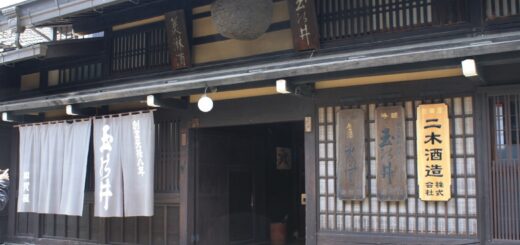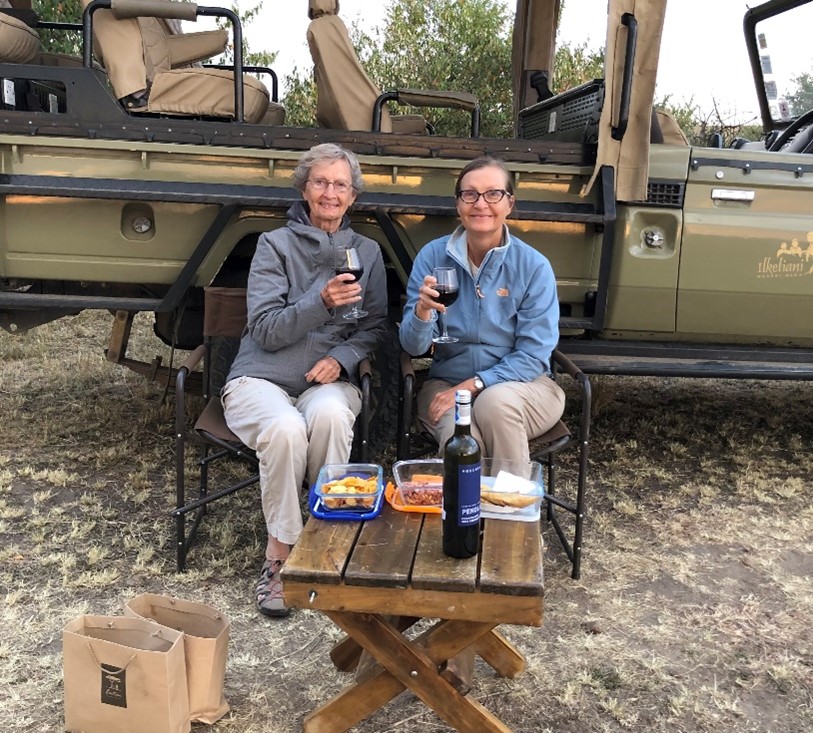Hiroshima – Nagasaki
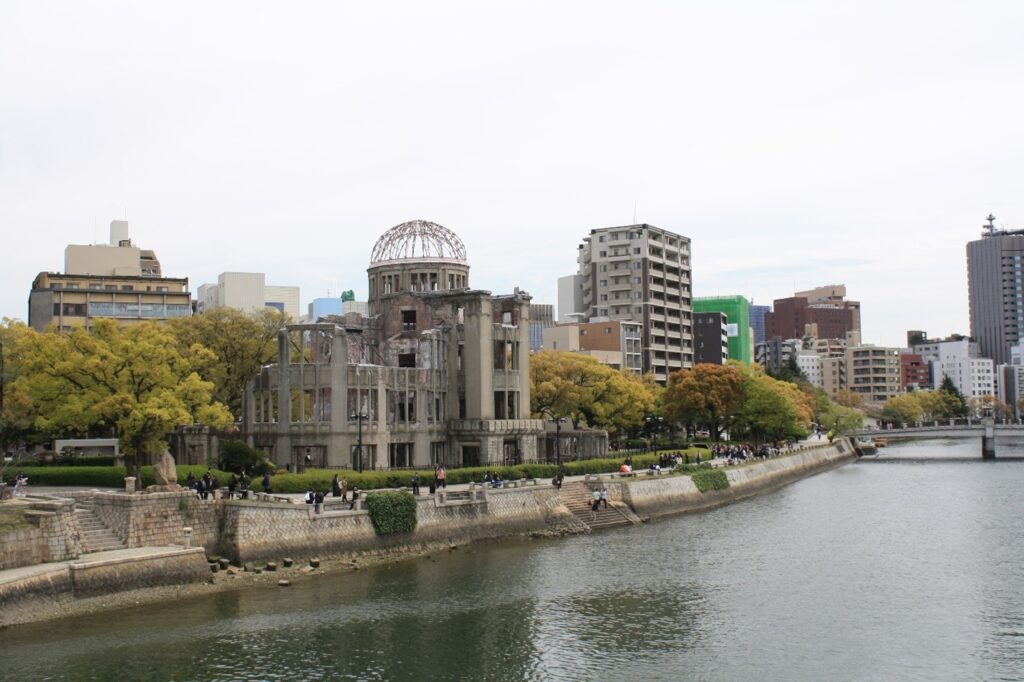
Travel Advice for Seniors: Hiroshima – Nagasaki
We were a bit apprehensive to go to Hiroshima and Nagasaki considering the US history in these areas, but no one appeared to be particularly bothered by American tourists visiting here.
We traveled by ferry and train to Hiroshima and our first stop was to the Hiroshima Peace Park and museum.
The Peace Park is dedicated to those who perished in the first nuclear bomb explosion in August of 1945. There is a cenotaph for the victims with a stone chest holding the names of all 220,000 who perished on that day or from nuclear poisoning soon after.
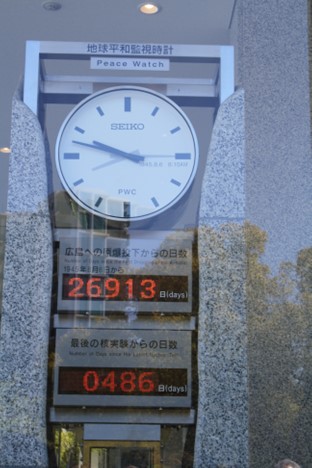
The Peace Park Museum holds a sobering display of what the area looked like before and after the bomb as well as some chilling memorabilia. The Peace Clock tower chimes every morning at 8:15, the time of the explosion and is a grim reminder of how long it has been and the number of days since the last nuclear test was conducted. Both the park and the museum have accessible parking, entrances, restrooms and walkways, however some areas of the park may have steps.
Also within the park is the A-Bomb Dome, or what remains of the former Prefectural Industrial Promotion Hall. It was one of the few buildings to remain standing and is a UNESCO World Heritage Site.
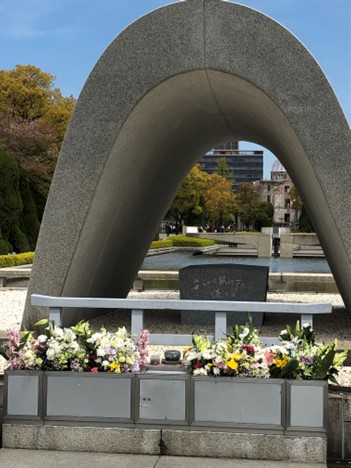
After lunch, we took the bullet train to Nagasaki, the site of the second nuclear bomb drop.
We had a full tour schedule in Nagasaki the next day and started by a trip to man-made Dejima Island. The island was once a Dutch and Portuguese trading post which has been preserved as a historic district of reconstructed 17th-century warehouses and merchant homes. Foreigners were confined to this area to do their trading as opposed to moving freely about. It is a wonderful look into life at that time, with several of the merchant homes completely furnished. Dejima has an accessible course, restrooms, parking and an elevator.
Next up was Glover Gardens open air museum. Thomas Blake Glover was a Scottish merchant who was a major player in Japan’s industrial development after years of isolation. Established in 1863, the garden is a beautiful walk about with fantastic views of the city. The gardens are accessible, but the terrain is very hilly.
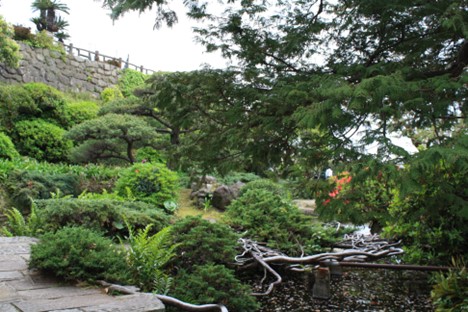
Also, nearby was a statue dedicated to “Madame Butterfly”, Puccini’s opera. The opera is set in Nagasaki and tells the story of a geisha and a naval officer. Spoiler alert, it does not end well. There were also several vendors here selling memorabilia and we picked up some very nice rose-smelling lotion.
Finally, we paid a visit to the Atomic Bomb Museum here. As a sidenote, there is no lingering radiation in Hiroshima or Nagasaki, that dissipated long ago. Similar to the Hiroshima Museum, the Nagasaki Atomic Bomb Museum is a remembrance to the atomic bombing of Nagasaki by the United States on 9 August 1945 at 11:02:35 am. The bomb dropped on Hiroshima on August 6th at 8:15am. Again, very sobering. There is also a Peace Memorial Hall for the Atomic Bomb Victims nearby. The museum has accessible parking, entrances, restrooms and wheelchairs available for rent.
A painful reminder of the past and more importantly, a reminder of an event everyone hopes is never repeated, we were ready to leave Nagasaki the next morning for Sapporo.
Where we stayed: Dormy Inn Nagasaki.Accessible parking, entrance, common areas.
How we got there: Ferry and train to Hiroshima. Bullet train to Nagasaki. This was part of a three-week small group tour through Japan, starting in Toyko, traveling south to Hiroshima and then back to the north island and ending in a loop back in Tokyo.
General Accessibility Information: See notes above. Japan is pretty accessible. Major attractions have accessibility features and most new buildings and hotels are accessible. Much transportation is also accessible. See Accessible Japan for specifics. Call in advance to verify and make specialty arrangements.See our sections on specialty apps and accessible travel for more on accessibility assistance.

